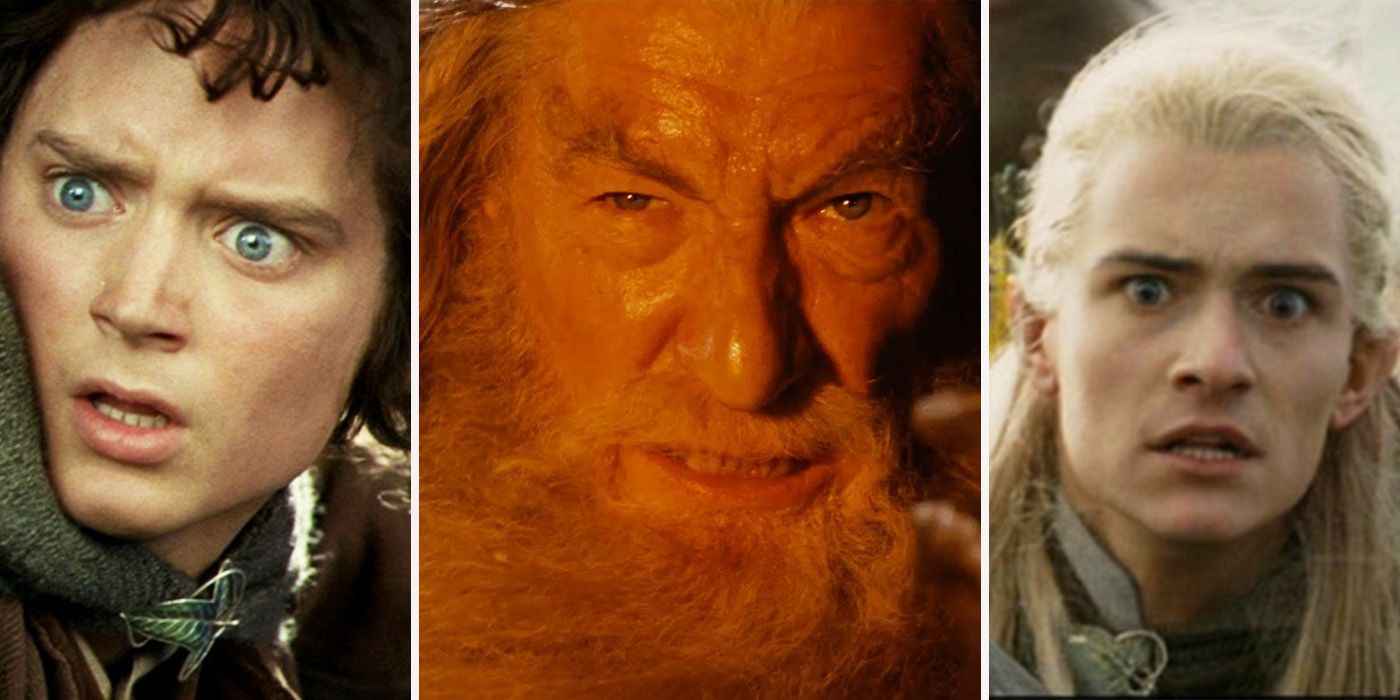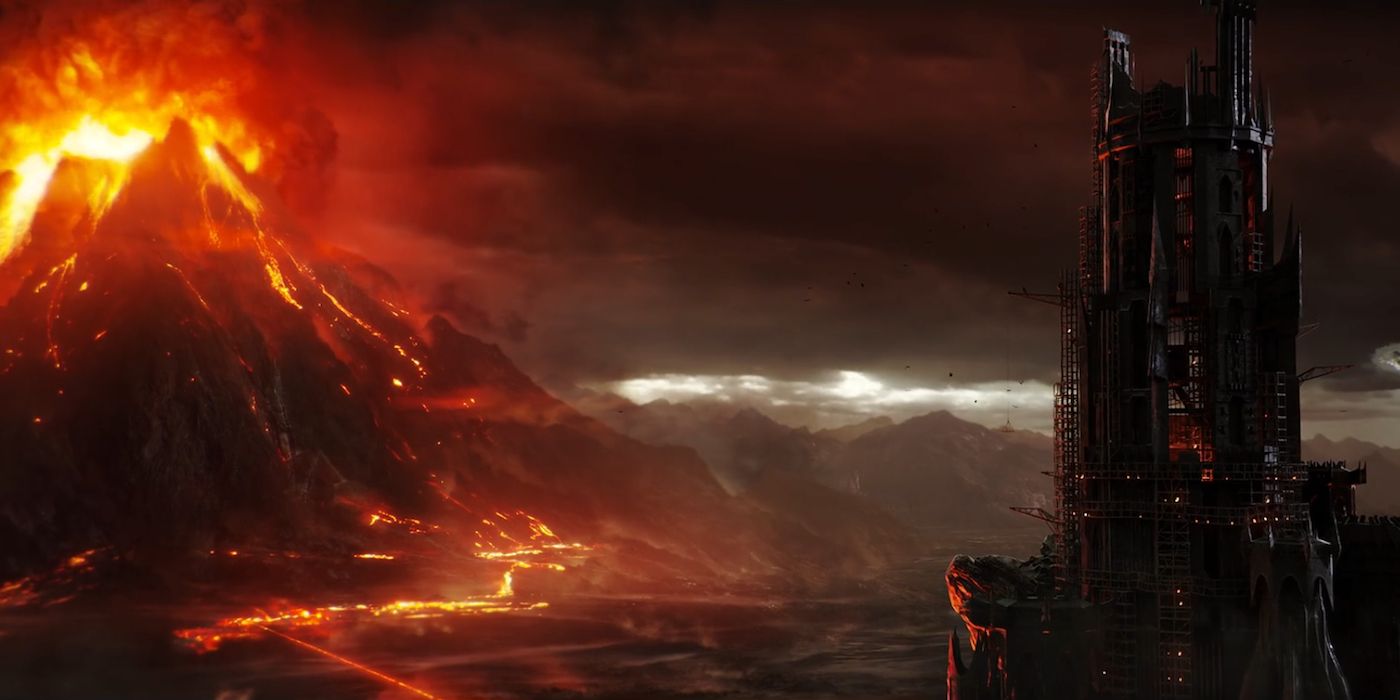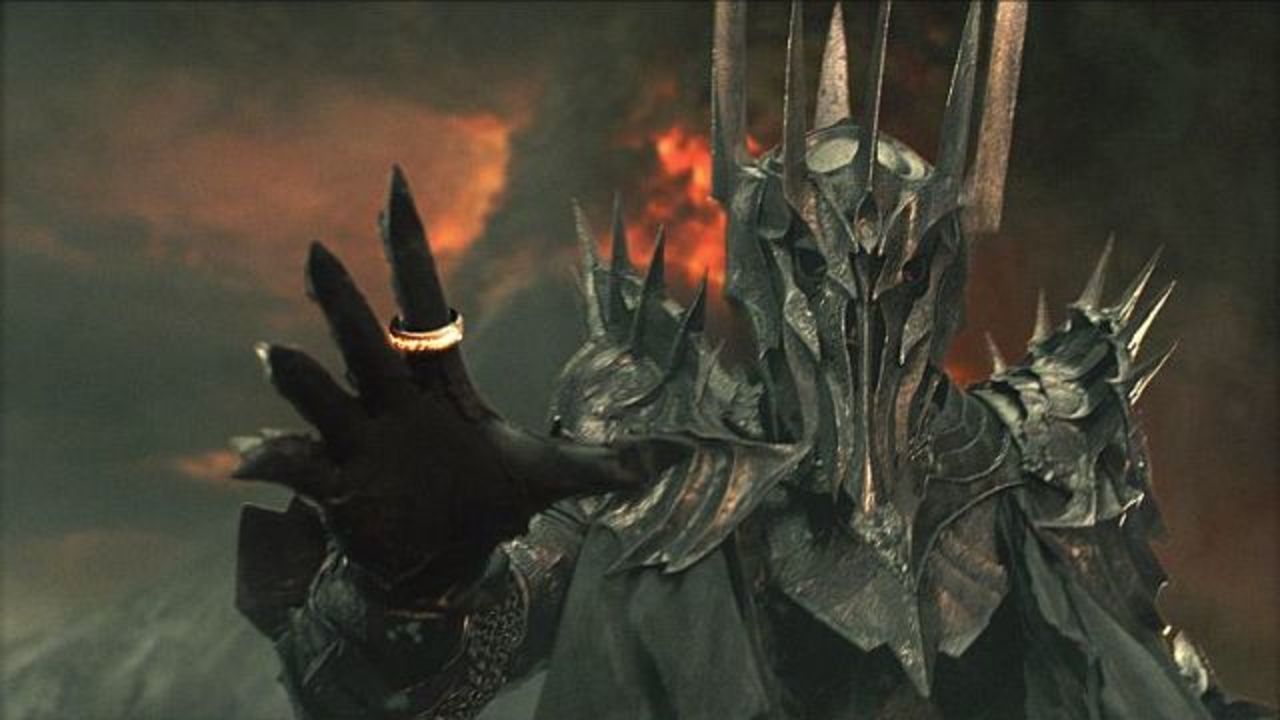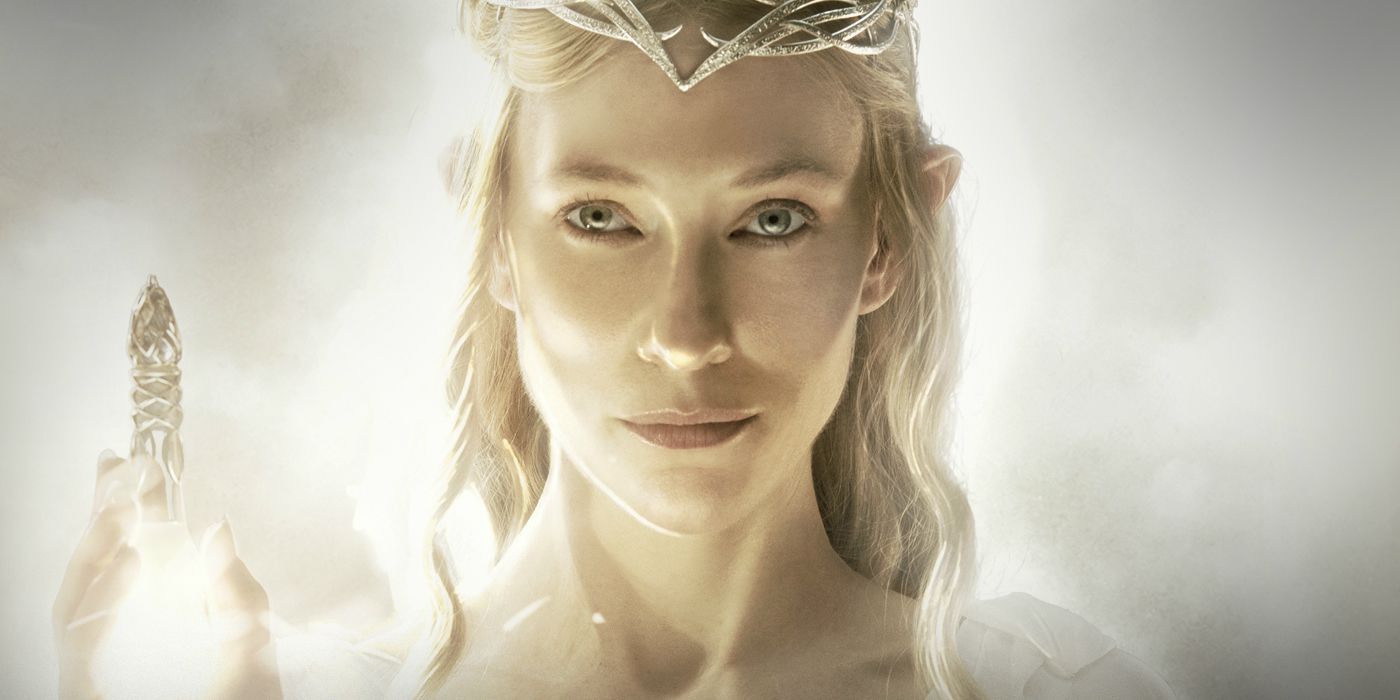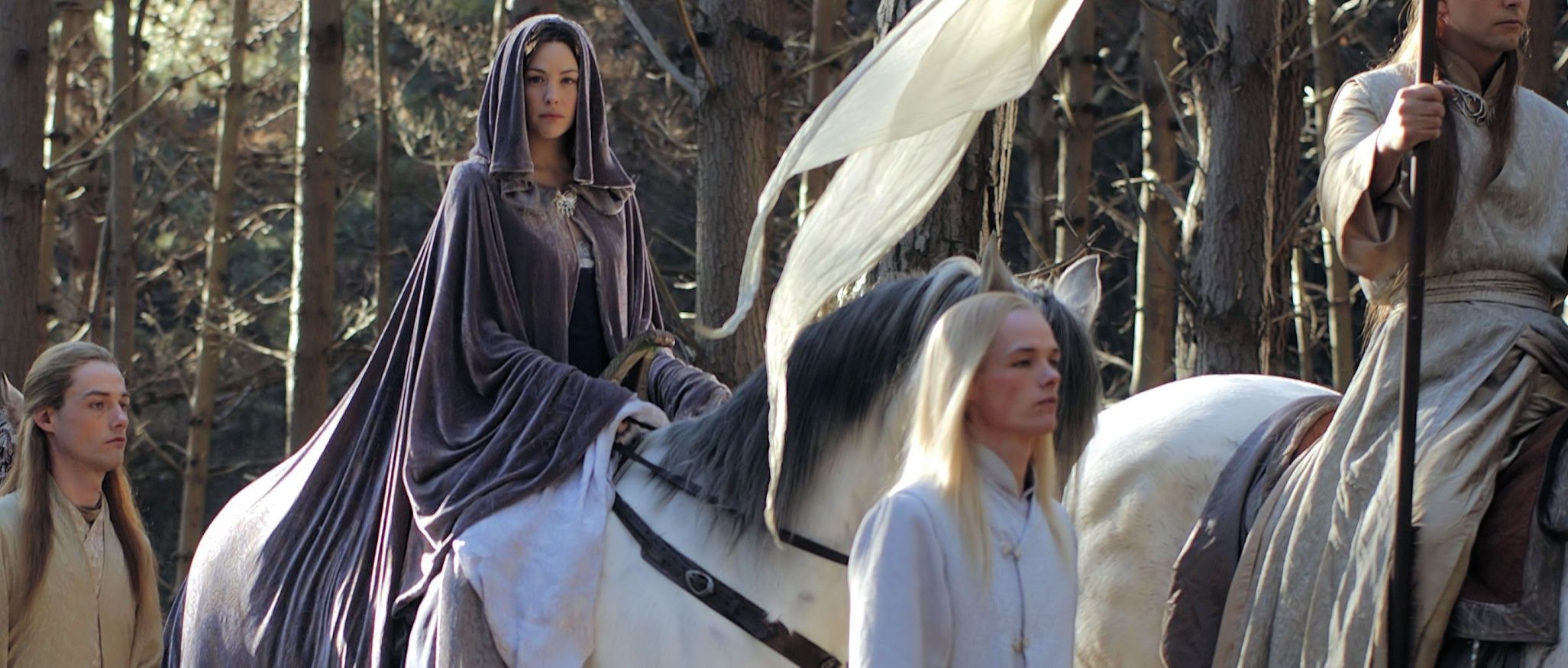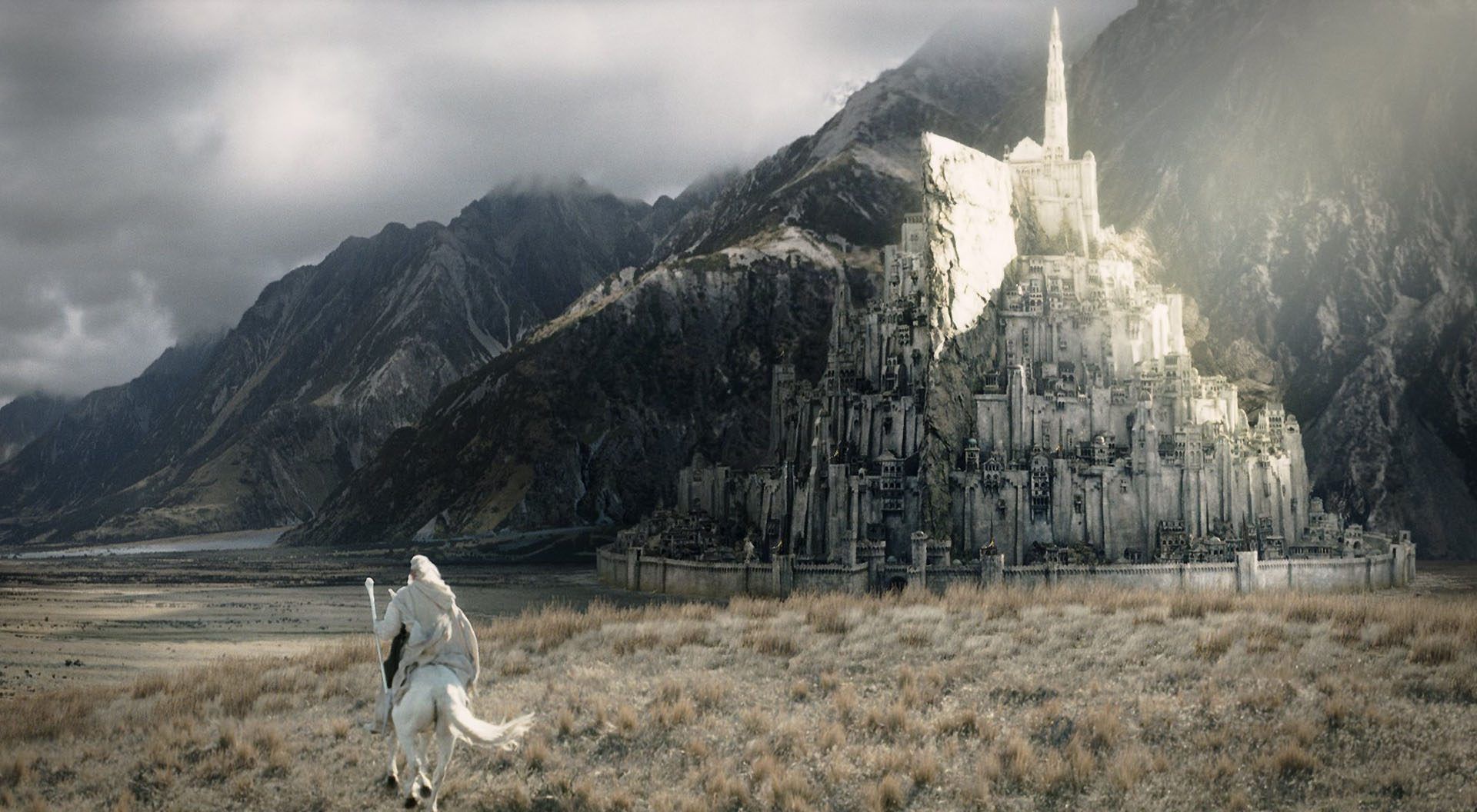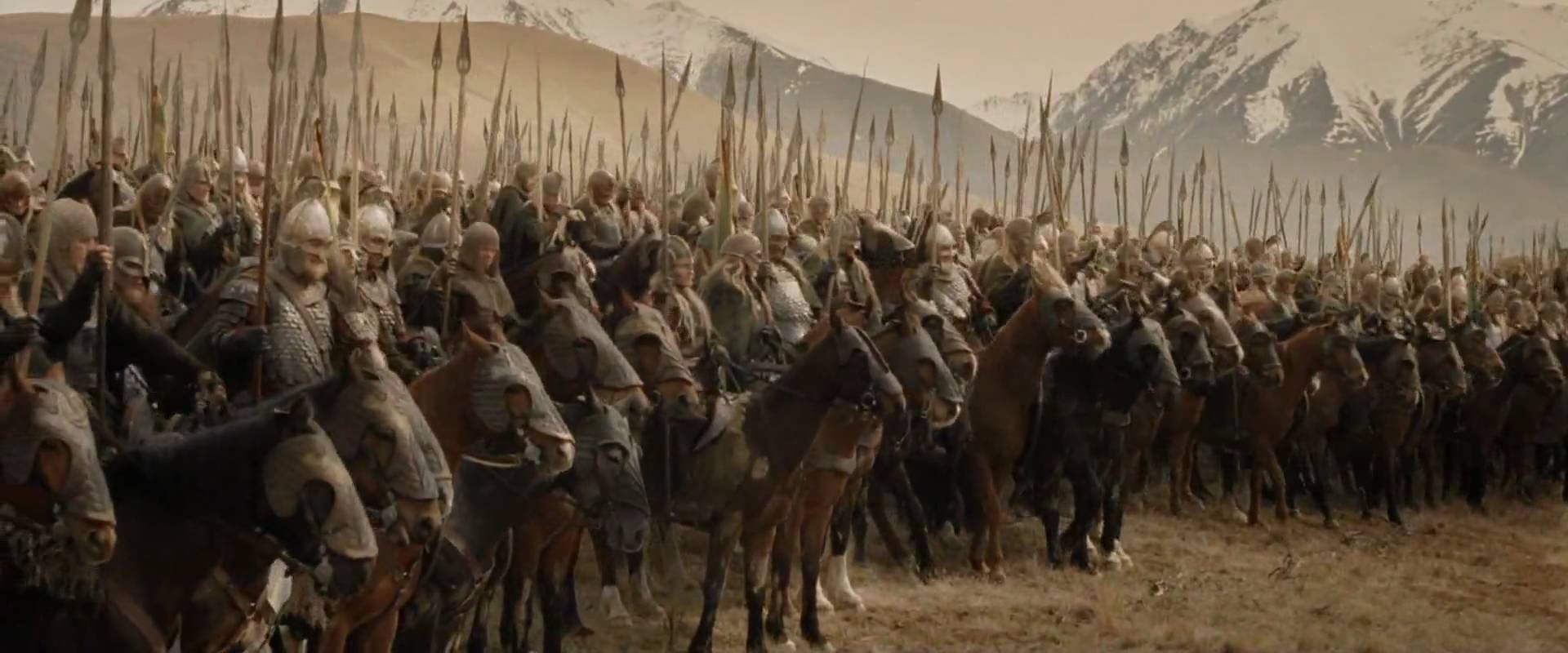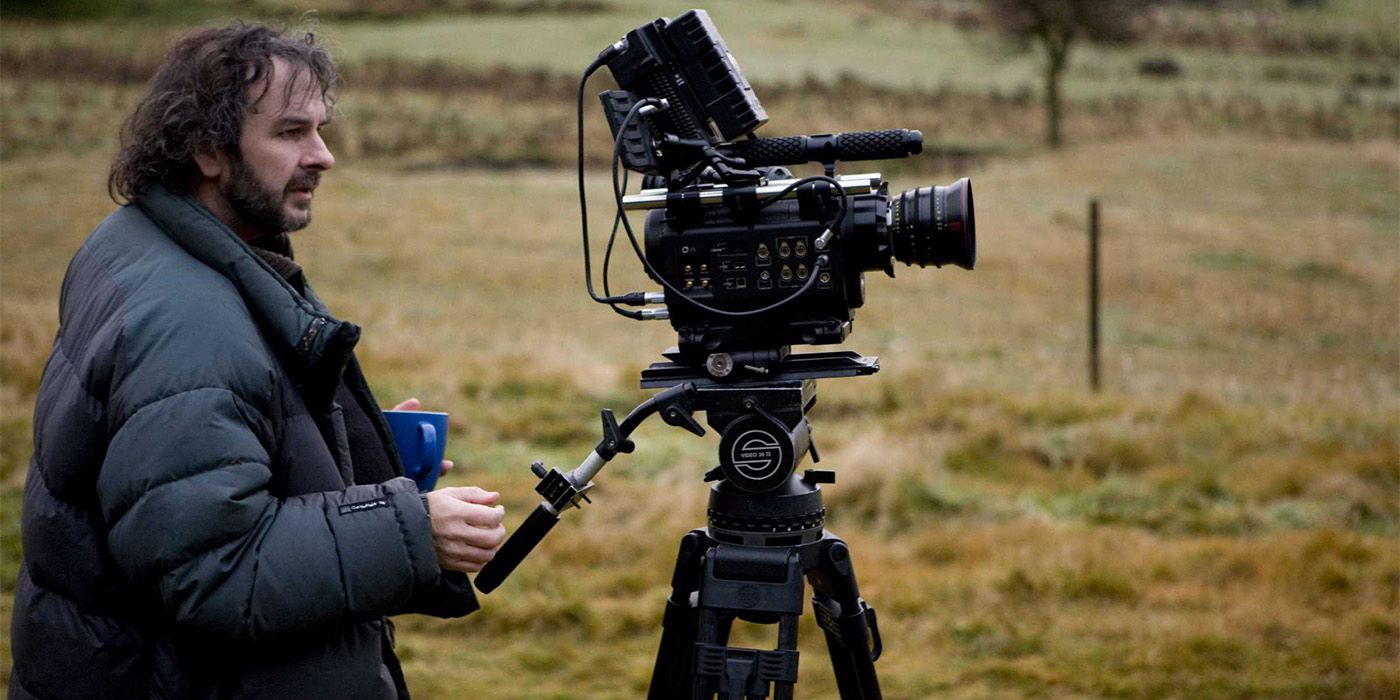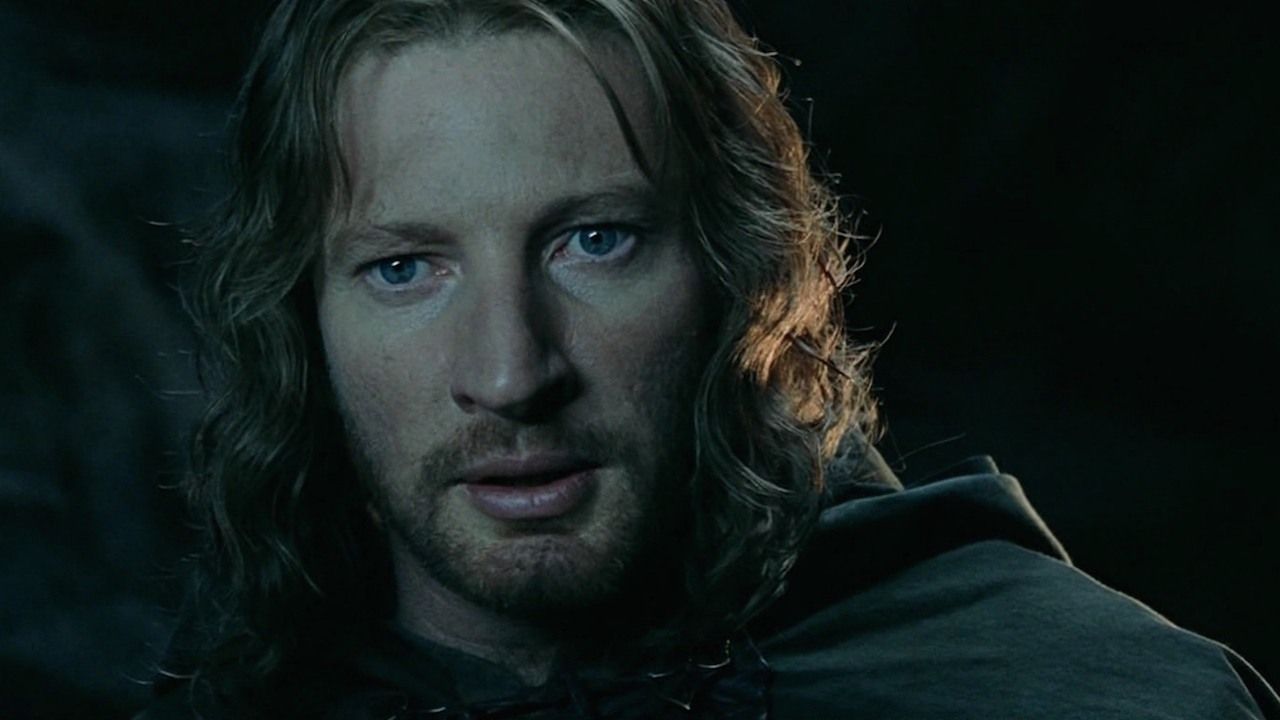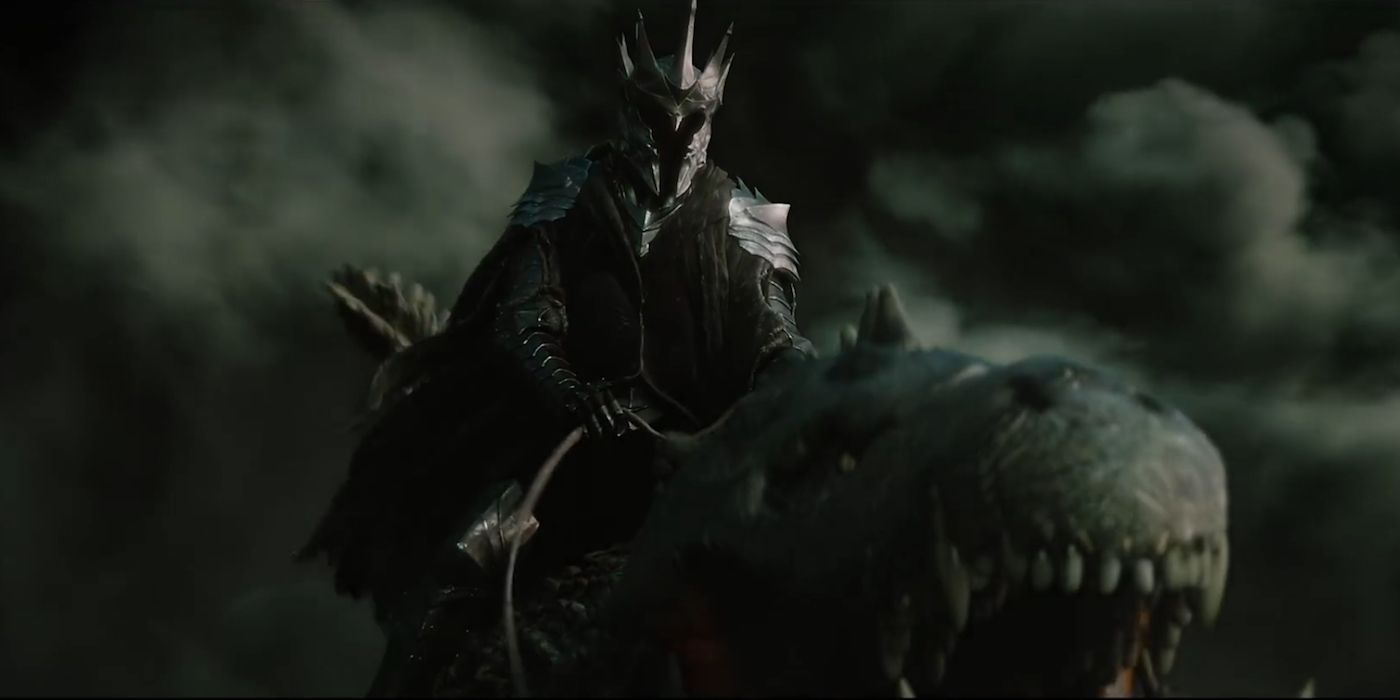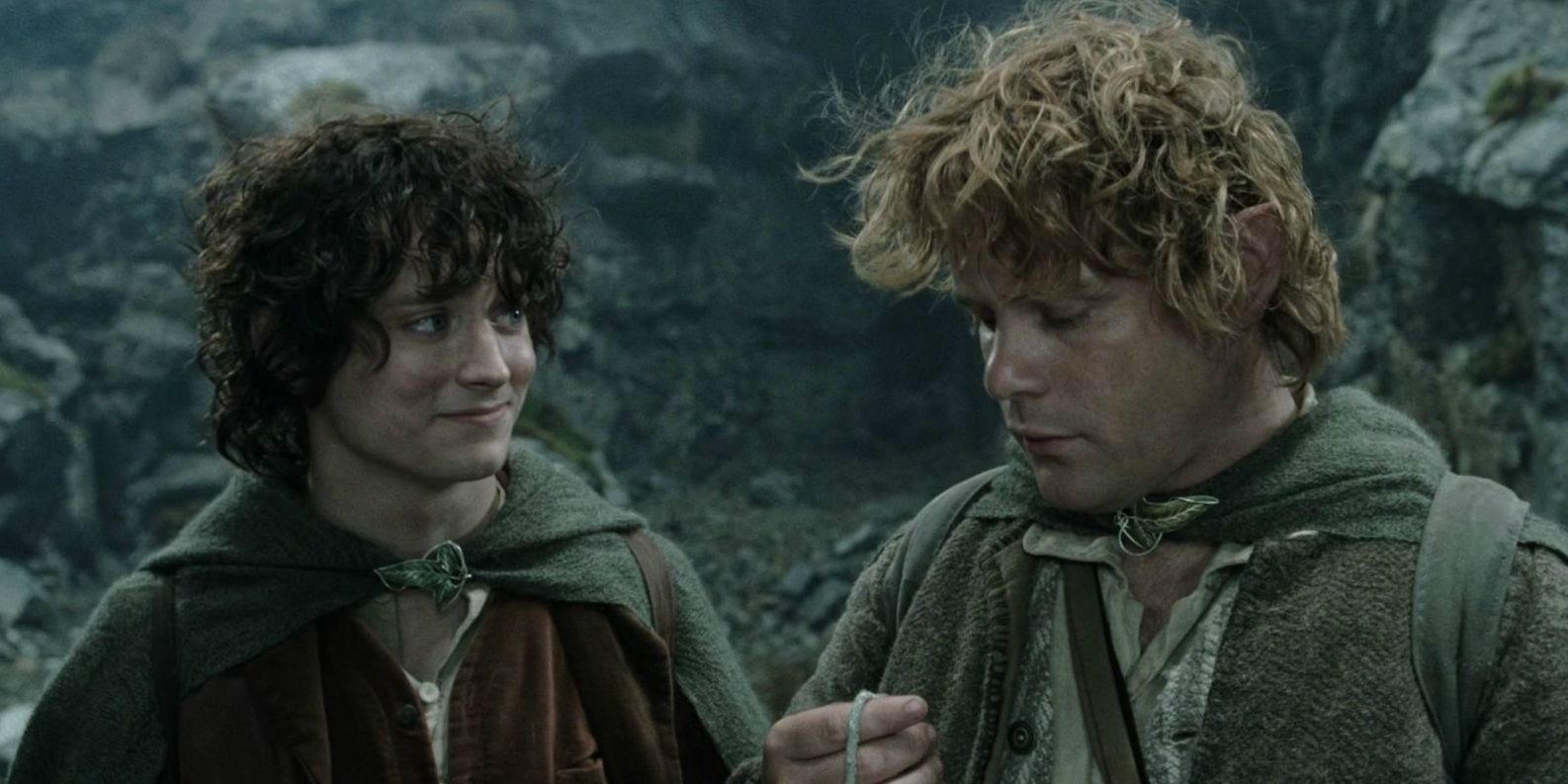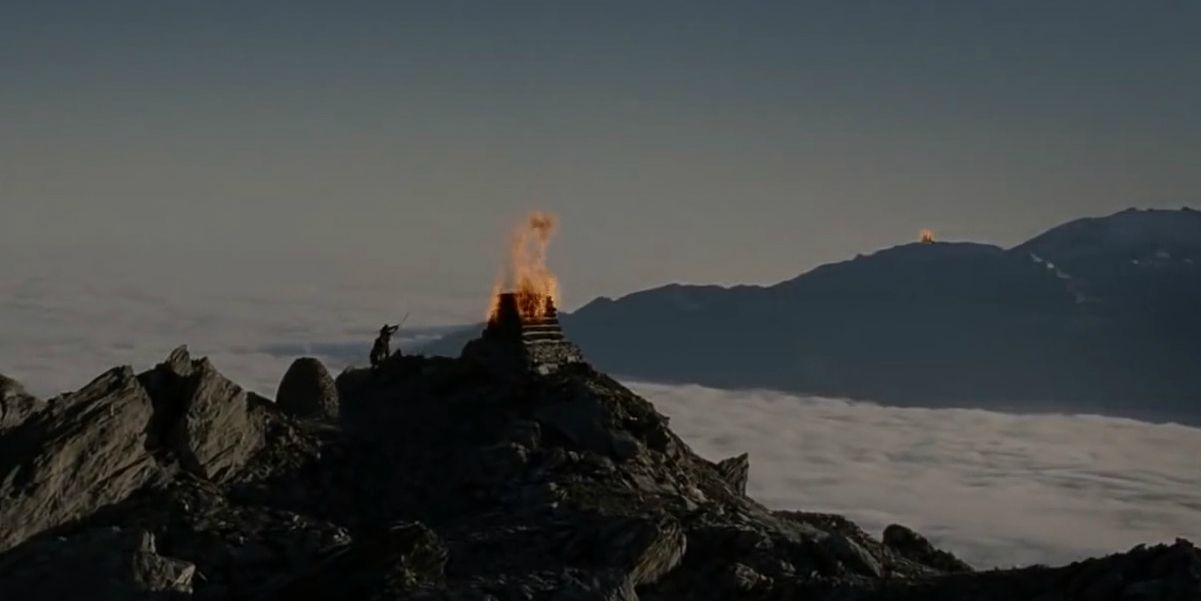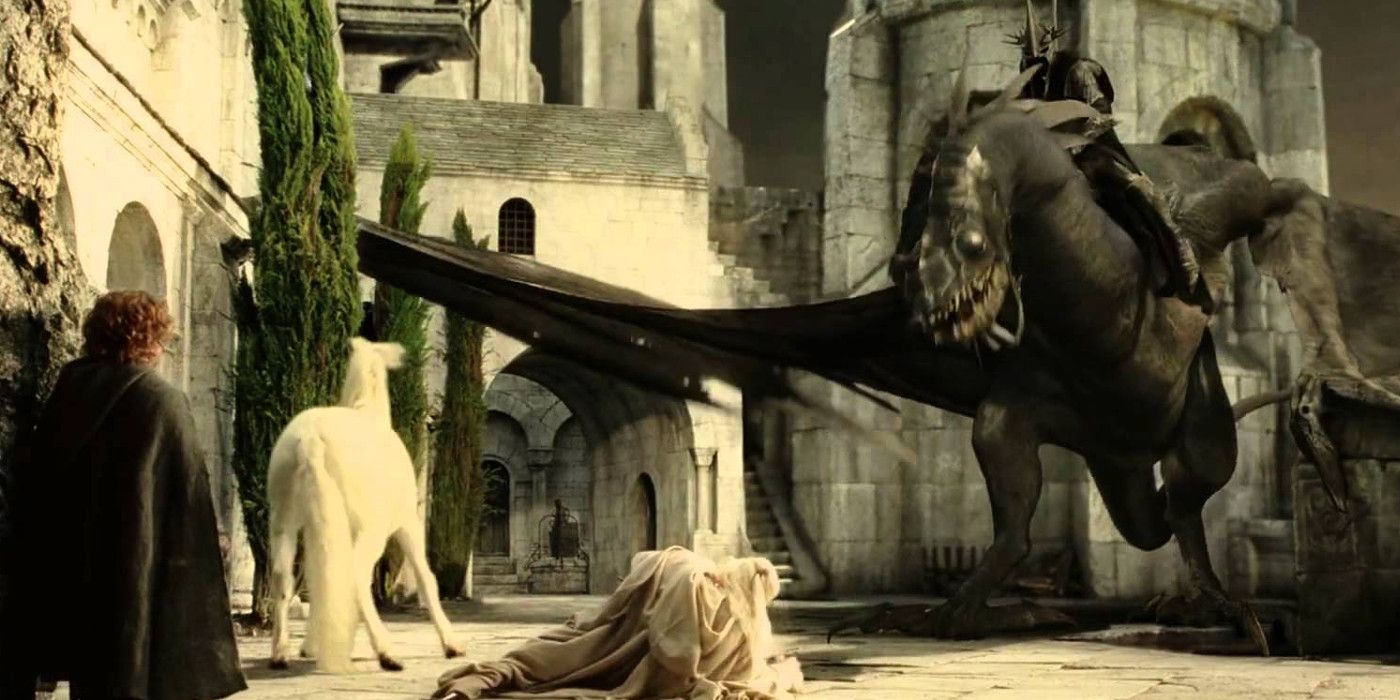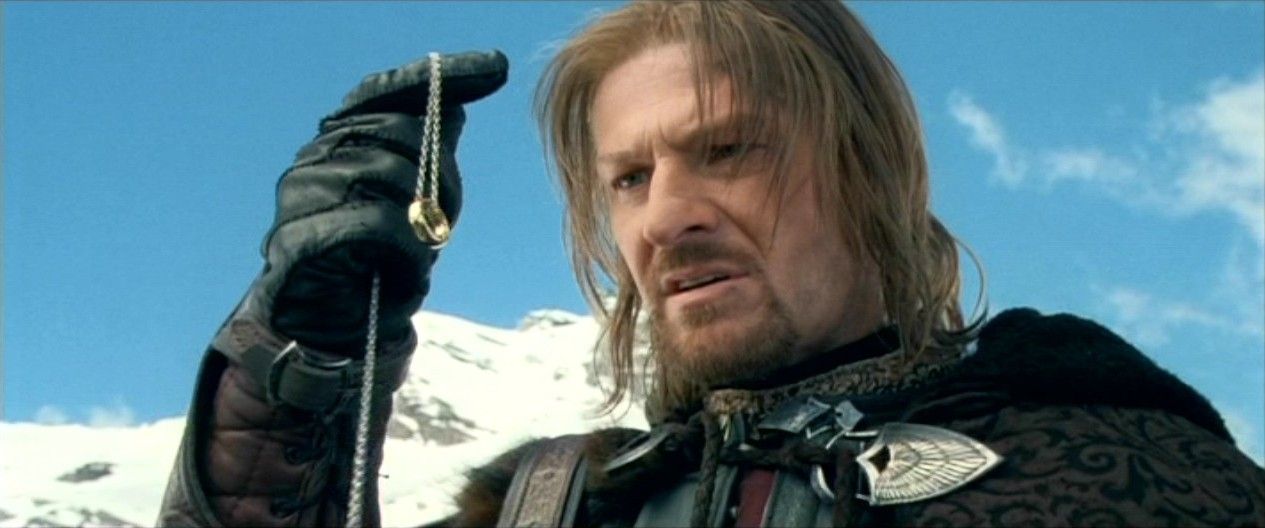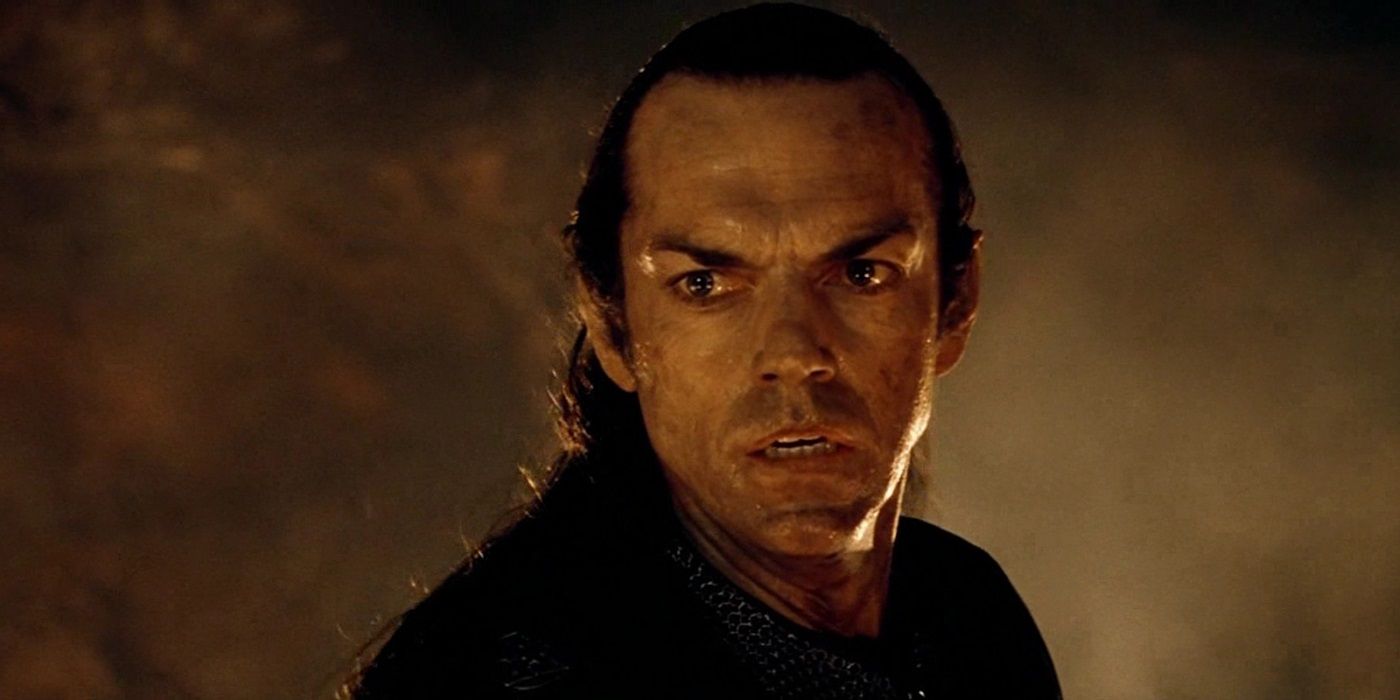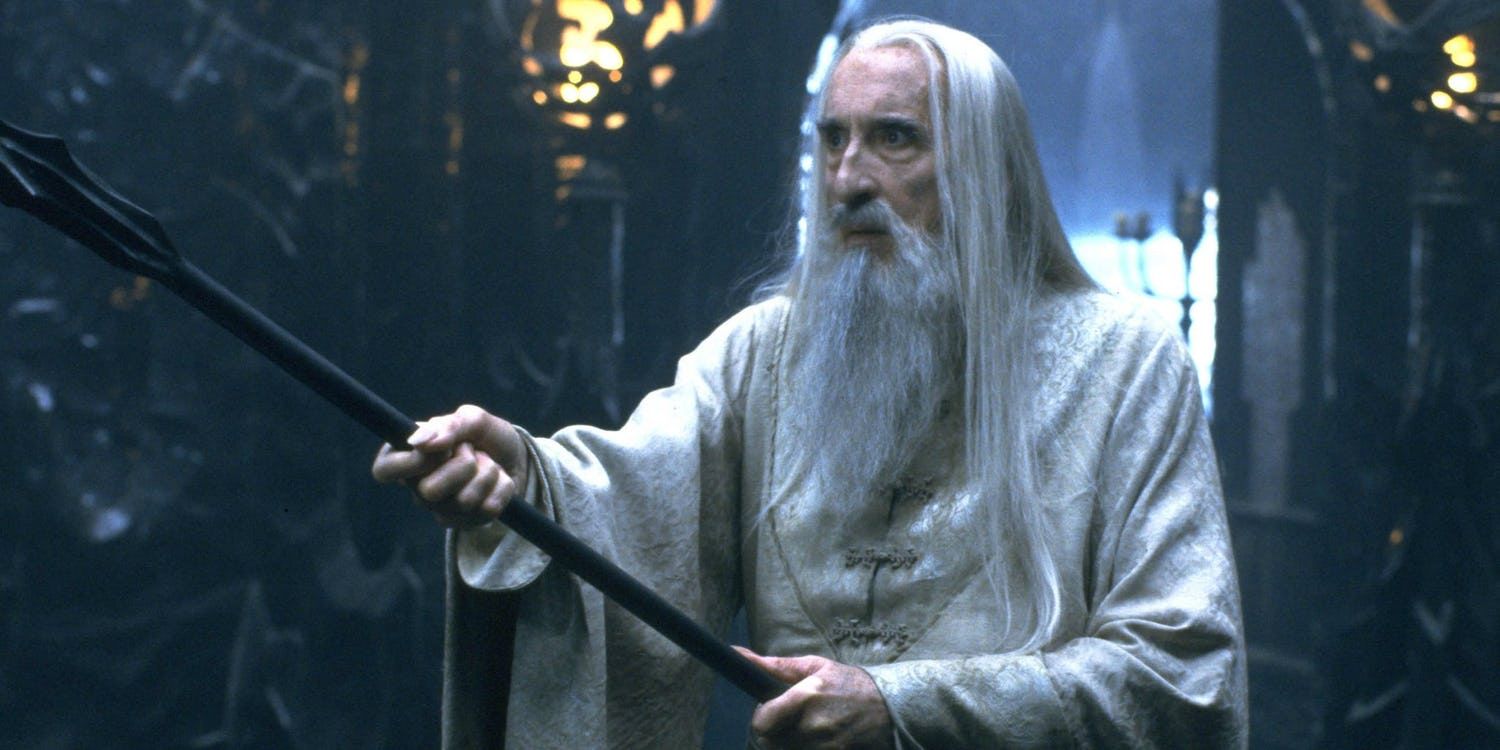The Lord of the Rings film trilogy (2001-2003) is a cinematic adaptation of what is probably the greatest fantasy novel ever written. Like all great works, critics have scrutinized the movies since the release of the first installment in 2001 and identified what appear to be, in addition to a litany of unresolved questions about the storyline, inconsistencies in the flow of the plot's logic.
Fans and critics have also highlighted other inconsistencies which might not disrupt the logical flow of the plot itself, but are glaring flaws in the logic of the universe the story is set in.
This list of Lord of the Rings mysteries and plot holes focuses on the film trilogy and not the source material -- J.R.R. Tolkien's three-volume novel. However, while some of the movie plot holes originate from the source material, others are wholly the consequence of the effort by director Peter Jackson to adapt the literary masterpiece to the cinematic medium.
Our list acknowledges the efforts of fans to resolve some of the issues. For instance, fans have tried to explain some of the inconsistencies by taking into consideration additional information from the books, including Tolkien's Legendarium. In a few cases, however, the plot holes identified in the theatrical edition of the movies appear to be resolved in the extended editions.
Here are Lord Of The Rings: 15 Mysteries And Plot Holes That Left The Movies Hanging
15. Sauron And The Entrance To Mount Doom
Although Sauron knew that the One Ring could only be destroyed in the fires of Mount Doom, he left the entrance to the volcano unsecured. When Frodo and Sam arrived at the Cracks of Doom they easily gained entrance. Fans have puzzled over why Sauron failed to take obvious precautionary measures to prevent the destruction of the Ring that he had imbued with his own life force.
Some have suggested that it simply did not occur to Sauron that anyone could resist the temptation to own the Ring. Others pointed out that his tactical error was the result of the success of the strategy implemented by Gandalf and Aragorn to distract him.
However, none of the explanations offered so far detract from the fact that Sauron's failure to secure the entrance to Mount Doom was an egregious tactical blunder -- a remarkable turn of events indeed for a supposedly higher order supernatural being.
14. Sauron’s Middle-Earth Domination Plan Was So Obviously Flawed
It isn't clear from the movies, or the books, why Sauron's plan to take over Middle-earth had to involve committing a glaring strategic blunder that amounted to putting all his eggs in one basket. Sauron willingly rendered himself vulnerable to defeat when he chose to hinge his entire Middle-earth domination plan on the One Ring imbued with his own life force.
Why did his plan have to entail putting himself in a weak strategic position, where all his enemies had to do to defeat him was to remove the ring from his finger or destroy it?
Sauron's vulnerability as a result of his poorly thought-out plan was demonstrated when he was vanquished after Isildur obtained the Ring by cutting off his fingers. One would expect a powerful angelic being to be capable of more profound strategic thinking than Sauron demonstrated.
13. Galadriel's Opening Monologue Was Misleading
Galadriel's monologue at the beginning of The Lord of the Rings: The Fellowship of the Ring gave viewers the misleading impression that the One Ring was entirely forgotten centuries after it was lost. Galadriel stated that after the One Ring was lost, it "passed out of all knowledge." She also stated that no one living at the time of the events covered in The Fellowship of the Ring had witnessed the power of the One Ring.
Galadriel clearly used poetic license to make misleading statements as the One Ring was never forgotten. The fact of its existence was well-known although many assumed it was irretrievably lost. Despite Galadriel's assertion that no one alive had seen the power of the Ring, several individuals, including herself and Elrond, were alive during the Second Age and participated in the events that led to the defeat of Sauron.
12. The Cowardice Of The Elves
A lot about the Elves in the movies contradict the suggestion in the opening scenes of The Lord of the Rings: The Fellowship of the Ring that they were the most powerful, proud, noble, and culturally advanced of the Middle-earth species. Viewers are told that the Elves had allied themselves with Men to defeat Sauron thousands of years before and fought to protect Middle-earth from the threat of Morgoth.
In the movie trilogy, the Elves were cowardly and indifferent to the fate of their world. Instead of fighting alongside their former allies, they abandoned Middle-earth.
Of course, viewers who have read The Silmarillion have a more complete picture and understand that the Elves had become a shadow of their former selves by time of the LOTR, but by failing to give the backstory, the movies leave viewers baffled and upset about the behavior of the Elves.
11. Why Didn’t Helm's Deep and Minas Tirith Have Moats?
Fans were quick to point out that, as fortresses designed to ward off enemy attacks, Helm's Deep and Minas Tirith were very poorly designed. For instance, critics pointed to absence of obvious defensive measures, such as moats, to stop enemy troops from walking right up to the walls.
The poor design of Helm's Deep was demonstrated in the Battle of the Hornburg when it was besieged by Saruman’s army of Uruk-hai, armed with battering rams, siege engines, and explosive devices. It was painfully obvious that a deep and wide moat constructed around the walls of Helm's Deep would have rendered much of the Orc's battle tactics useless. A wet moat could easily have been constructed around Helm's Deep because of the availability of flowing water.
Others noted that a dry ditch dug around the walls of Minas Tirith would have complicated the assault plans of the attackers.
10. The Appalling Battle Tactics Of The Rohirrim
Most critics blame the glaring deficiencies of battle tactics in the LOTR on director Peter Jackson. For instance, Sauron’s armies were caught by surprise when the Rohirrim arrived at the scene of the Battle of the Pelennor Fields, but the Rohirrim failed to exploit the advantage of surprise that they gained.
The commanders of the army of Rohan squandered their advantage when they marched their troops leisurely to the crest and began blowing their horns to announce their arrival to the enemy.
They then waited on the crest for several crucial minutes during which the enemy had the opportunity to get over their initial shock. Critics also noted the poorly executed battle strategy of the defenders at Helm's Deep, stating that no effort was made to reinforce the main gates until after the attacking forces had breached it.
9. Jackson Changed Faramir's Character
Jackson once explained that, besides feeling that it was necessary that Farmair be tempted by the Ring like everyone else, he made Faramir take the Hobbits to Osgiliath because he needed to insert an extra adventure to delay Frodo and Sam after the events at Cirith Ungol were moved from the second to the third movie. Jackson added, on a separate occasion, that he wanted to use the march to Osgiliath to demonstrate how powerful the Ring was.
However, critics have picked holes in Jackson's argument -- some noted that the only thing he accomplished by introducing the march to Osgiliath was revealing to the Ringwraith that Frodo, and not Aragorn or Gandalf, had the One Ring. This only distracted from the main thrust of the movie plot, which was centered around the strategy of Gandalf and Aragorn distracting Sauron, by suggesting that they, and not Frodo, had the Ring.
8. Why Didn't Faramir Simply Take The Ring From Frodo?
If we accept the fact that Jackson changed Faramir's character in the movies because he wanted him to be tempted by the Ring like everyone else, then there's another aspect of Faramir’s behavior that concerns us. Why didn't he simply seize the Ring from Frodo and take it to his father himself, instead of allowing the Hobbits to keep the Ring during the march to Osgiliath? Frodo nearly gave up the Ring to the Nazgûl that caught up with them at Osgiliath.
Some have suggested that Faramir’s action reflected the fact that he really did not want the Ring for himself.
However, if his intention was only to win his father's favor, the obvious thing to do was to seize it from the Hobbits after capturing them. Was Faramir afraid of handling the Ring himself after having heard about its corrupting powers?
7. Why Did The Ringwraith Give Up Taking The Ring So Easily From Frodo?
At Osgiliath, a Nazgûl mounted on a Fellbeast catches up to Frodo, who holds up the One Ring, as if offering it. The Nazgûl hovers for seconds before making a move to take the Ring, but as he approaches, Sam intervenes and the Nazgul's mount is hit by an arrow Faramir fired. The Ringwraith immediately gives up taking the Ring and flies away.
It seems incredible that the Ringwraith, whose paramount goal is to recover the Ring, would so easily give up when an opportunity presented itself. Fans have speculated as to why the Ringwraith gave up trying to obtain the Ring, one suggestion is that it was the Fellbeast that chose to flee after being hurt.
Yet, the sight of the Nazgûl departing and giving up an opportunity to achieve their ultimate goal was astonishing.
6. Why Did Faramir Allow Frodo To Continue On His Way To Mordor?
Fans have also hotly debated Faramir's seemingly logic-defying behavior, when he was persuaded to allow the Hobbits to continue on their way to Mordor immediately after he saw Frodo seemingly offering the One Ring to the Ringwraith. When Faramir captured Frodo and Sam, they pleaded with him to let them continue on their way, but he insisted on diverting their journey to Osgiliath.
After Sam aborted Frodo’s attempt to give up the Ring to the Nazgûl, Faramir inexplicably decided to let them continue on their way.
Baffled fans have a tongue-in-cheek suggestion, claiming that the incident could be a hint it wasn't only Faramir's noble character that the Ring corrupted in the movie, but that Jackson was also corrupted by the power of the Ring.
5. Warning Beacons On The White Mountains
The movies push an absurd notion that the warning beacons were located atop the White Mountains. The White Mountains, as depicted in the movies, were enormous formations, and while they looked impressive on screen, Jackson apparently gave no thought to the practical aspects beacon maintenance.
It would be impossible for a beacon lighter to survive any significant period of time, without special modern gear, at such an elevation. Not even professional climbers would have been able to supply the beacon lighters with food and water on a regular basis.
Although the movies show the beacons being lit within seconds of each other, the suggestion that people were permanently living on the mountains and sitting around, waiting to light the beacons was clearly absurd. Gandalf revealed in The Return of the King, Book V, Chapter 1, that the beacons were actually located atop foothills along the mountain ranges.
4. Witch-king Vs. Gandalf
Fans have debated the confrontation between the Witch-king and Gandalf in the movies, especially questioning how the Witch-king able to easily break Gandalf's staff and knock him to the ground?
The depiction of the Witch-king as being more powerful than Gandalf shocked many because, according to the books, Gandalf's power was much greater than the Witch-king's.
Equally astonishing was that, instead of trying to press home his advantage, the Witch-king departed after hearing the horns of Rohan. Some fans suggested that the Witch-king was able to defeat Gandalf because the Maiar was only sent as an Istari to counsel those fighting Sauron -- he was not supposed to become physically involved in the struggle. Others suggested that the Witch-king withdrew only because he was distracted by the sound of the horns of Rohan and Gandalf was not an immediate threat to him.
3. Was Boromir Good Or Evil?
Viewers have often expressed confusion about how to assess Boromir's character in the Lord of the Rings movies. Was he good or evil?
He sometimes appeared to be evil and other times good. However, fans have noted that most of the scenes in which he acted evil were due to the corrupting influence of the Ring, while others identified his father as a major corrupting influence. Evidence comes from a deleted scene, a flashback sequence from The Two Towers: Extended Edition, which shows the Steward of Gondor sending Boromir to the council that Elrond called at Rivendell.
Denethor clearly lusted after the Ring and sent Boromir to claim it. Thus Boromir's apparent lusting after the Ring was due to the influence of his father. He was only being a good son trying to fulfill his father's wishes.
2. How Did Elrond Know?
The information that the One Ring could only be destroyed by the flames of Mount Doom was not common knowledge until Elrond shared it during the council at Rivendell. While the books appear to indicate that it was the Elves who first learned the secret about how to destroy Sauron's One Ring, it isn't clear how they obtained the information.
Sauron forged the Ring alone and in secret, so he must have taken care to closely guard vital information about it.
The suggestion that the information came from Saruman or Gandalf is easily disproven. The scene described in the movie was a flashback, where Isildur refused to throw the Ring into the flames, despite Elrond urging him to do so. This occurred during the Second Age, before Gandalf and Saruman arrived in Middle-earth.
1. No Closure For Saruman
Peter Jackson received fierce criticism for, not only altering the books, but also omitting some sections of the storyline. A major omission that caused fans the greatest upset, because of its bearing on delivering a satisfying ending to the saga, was the passing of Saruman -- an event closely linked to another major omission, the episode widely known as the "Scouring of the Shire."
The omission of Saruman’s passing left a major hole in the plot and storyline because Saruman played an important role, as Sauron's highest-ranking minion in the flesh. Most viewers who felt the need to achieve closure through a just end for Saruman's villainy felt deeply disappointed.
Jackson later stated that he made the decision to save the sequence for the extended cut with the expectation that viewers will assume Saruman's demise as the consequence of the events at Helm's Deep.
---
Do you know of other Lord of the Rings film trilogy mysteries and plot holes we left out from this list? Share with us in the comments.

